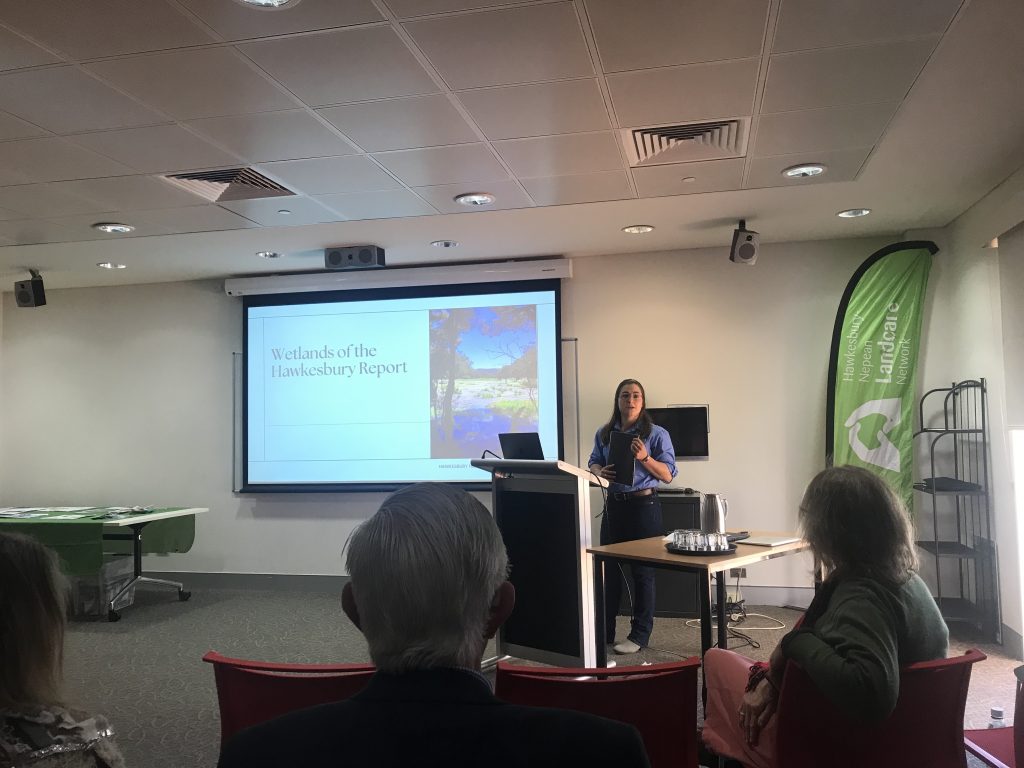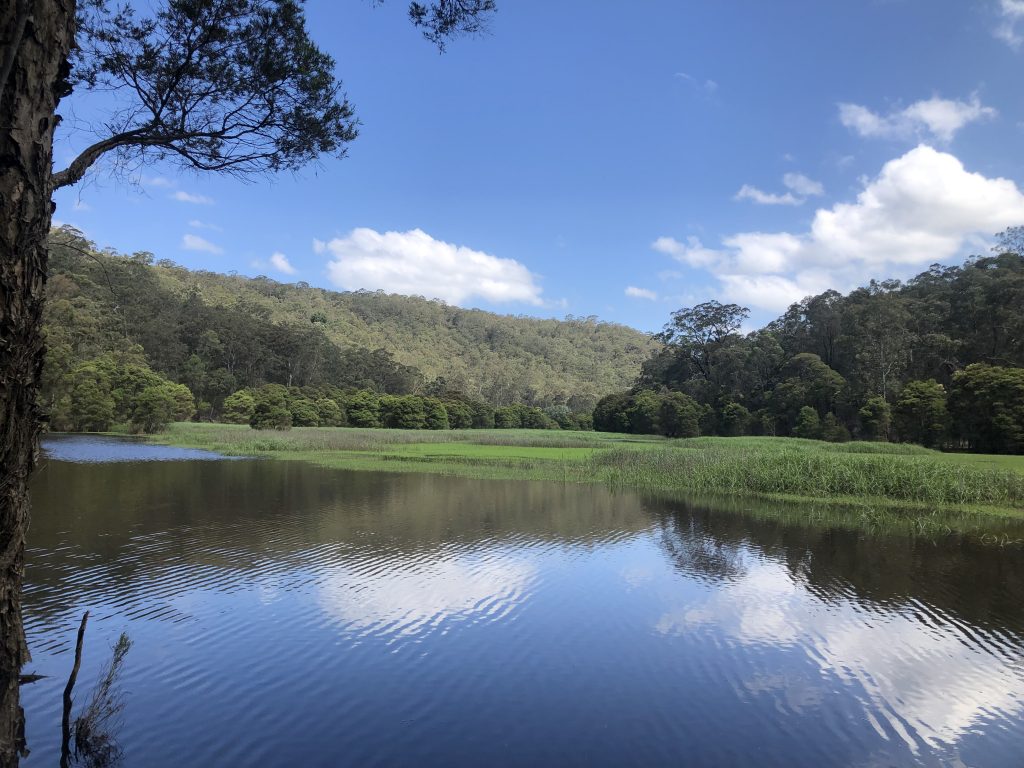In the month of June 2022, 6 Councillors from Hawkesbury City Council and The Hills Shire Council, organizations, community groups, and wetland managers, came together to learn about the current state of wetlands and determine a direction that will improve the future of wetlands and the wildlife that depend on them.
The Future of the Wetlands in the Hawkesbury Forum was organized by Hawkesbury-Nepean Landcare Network and the Hawkesbury Wetlands Group and held at the Deerubbin Centre in Windsor. Attendees heard from several speakers and participated in discussions about their concerns, challenges, and future actions.
“Healthy wetlands benefit us all and are an incredibly important yet undervalued feature in the Hawkesbury Catchment’s landscape. More needs to be done to protect them” said Christine Watson, from Hawkesbury Wetlands Group and HEN.

Hawkesbury-Nepean Landcare Network (HNLN) formally presented their recent landmark report Wetlands of the Hawkesbury Report which includes assessments of 35 wetlands (view online). Hawkesbury Environment Network (HEN) and Blundell’s Swamp Wildlife Refuge spoke about their efforts to conserve wetlands, the latter highlighting the beauty of wetlands through incredible drone footage and photography. Manali Kherodiya from WSU also presented her Master’s research on the Historical Significance of Wetlands.
“Once developers had to prove why they should be allowed to damage the environment for profit, but now the Community has to prove, at length, why the environment needs to be protected” commented Rodney Molesworth, a member of BSWR, “and the time and expense of that task now falls on individuals and cash-starved community groups”.
“We need commitment and action not just from community groups but from organizations too, who can support us with resources, mapping, and research,” said organizer Katherine Clare, Local Landcare Coordinator.
Participants agreed on future actions including
– a follow-up forum focusing on regarding aspects of the landscape entities
– the development of a digital library that compiles information and research about wetlands and is publicly accessible
– highlighting wetlands that are examples of good management where the community can gather

To be involved in wetland conservation and management, please contact the Local Landcare Coordinator via email at landcare@hrcc.nsw.gov.au or call 4574 9600.
You can also join Wetlands of the Hawkesbury Facebook group to stay up to date with all things wetlands.
Recognition for funding and support goes to Supporting and Strengthening Local Communities grant funding, Landcare NSW, Hawkesbury Environment Network, and Hawkesbury River County Council.
An Example of a Landcare group looking after Blundells Swamp
Blundell’s Swamp Wildlife Refuge http://www.blundellswamp.com/ shared how a group of private land owners are managing and protecting an incredible wetland, and the frustrations and challenges they face. “Once developers had to prove why they should be allowed to damage the environment for profit, but now the Community has to prove, at length, why the environment needs to be protected” commented Rodney Molesworth, a member of BSWR, “and the time and expense of that task now falls on individuals and cash-starved community groups”.

